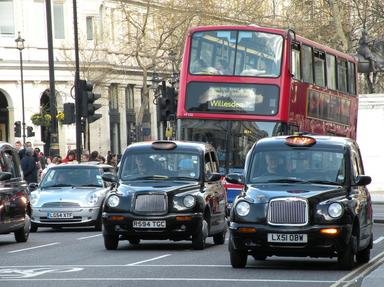Quiz Answer Key and Fun Facts
1. What was the year the Triumph Spitfire was introduced?
2. The engine size of the Triumph Spitfire remained the same up until 1967. What was the cc of the engine?
3. The Triumph Spitfire was designed by an Italian. What was his name?
4. What year was the Spitfire Mk 2 introduced?
5. The Triumph Spitfire was originally devised by Standard-Triumph. Who was the organization that took over Standard-Triumph and put the Spitfire into production?
6. The Mk1 and Mk2 Triumph Spitfire used twin SU carburetors.
7. Which car was the Spitfire's chassis based on?
8. The Triumph Spitfire had a single-piece front end which tilted forwards.
9. How much did the Spitfire Mk2 cost in 1965 in the UK?
10. The highest number of Triumph Spitfires produced was the 1500 model between 1974 and 1980. How many were built?
Source: Author
Lord_Digby
This quiz was reviewed by FunTrivia editor
Bruyere before going online.
Any errors found in FunTrivia content are routinely corrected through our feedback system.


